12 Best Cover Crops to Create a Buzzing Pollinator Patch
Cover crops are known for their benefits to soil health, but they can also serve as a vital food source for pollinators. By planting these crops, you can create a diverse and thriving environment for bees and other pollinators. Some cover crops offer flowers rich in nectar, while others provide shelter for insects. Choosing the right plants will encourage pollination and increase the health of your garden. Start planning your pollinator patch today and watch your garden flourish.
This post may contain affiliate links, which helps keep this content free. Please read our disclosure for more info.
Buckwheat

Buckwheat is a fast-growing cover crop that attracts a wide variety of pollinators with its small, white flowers. It blooms quickly, usually within 4 to 6 weeks, and provides a rich source of nectar for bees and butterflies. This crop is especially beneficial when planted during summer or in areas where other plants may be scarce. Buckwheat also helps improve soil structure, making it a great addition to any garden or farm.
Once buckwheat flowers begin to bloom, they attract numerous pollinators, providing them with food for weeks. The crop is easy to grow and does not require extensive maintenance. As a cover crop, it suppresses weeds and can be used to add organic matter to the soil once tilled in. It is a simple and effective way to promote pollinator health while improving the soil.
Clover (Red, White, and Crimson)
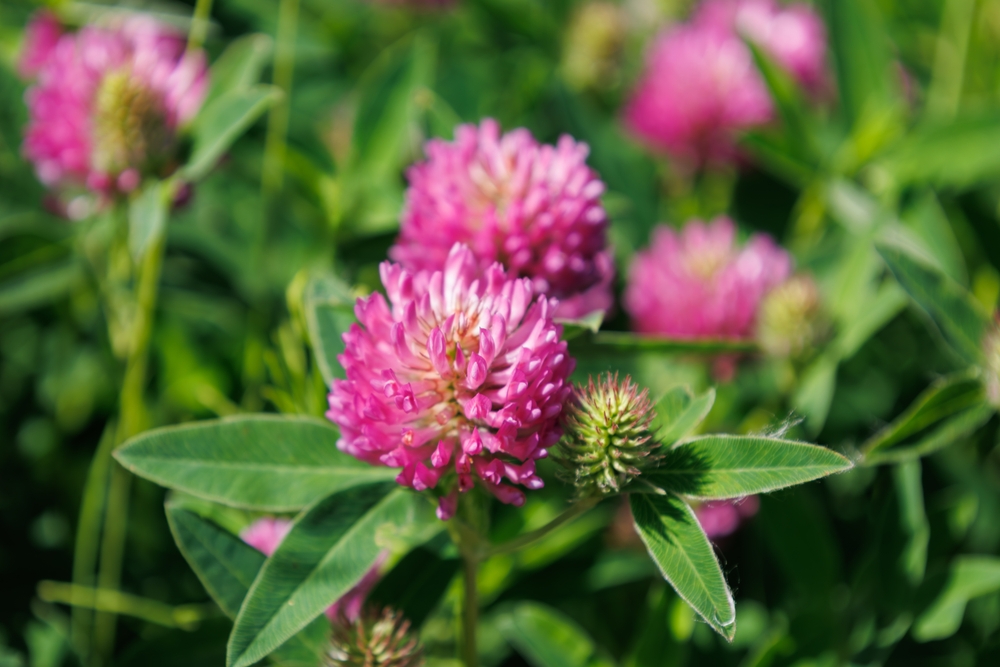
Clover is a well-known cover crop that serves as a fantastic pollinator patch. Red, white, and crimson clover varieties produce abundant flowers that attract bees, butterflies, and other insects. This crop is ideal for low-maintenance areas and grows well in many soil types. Clover also fixes nitrogen in the soil, enhancing its fertility and benefiting other plants in the garden.
Clover blooms in early spring and continues flowering throughout the summer, providing a continuous food source for pollinators. Its dense growth helps reduce soil erosion and improve soil structure. It is a low-growing plant that can be easily incorporated into lawns or garden beds. Planting clover not only supports pollinators but also improves the overall health of the garden.
Phacelia
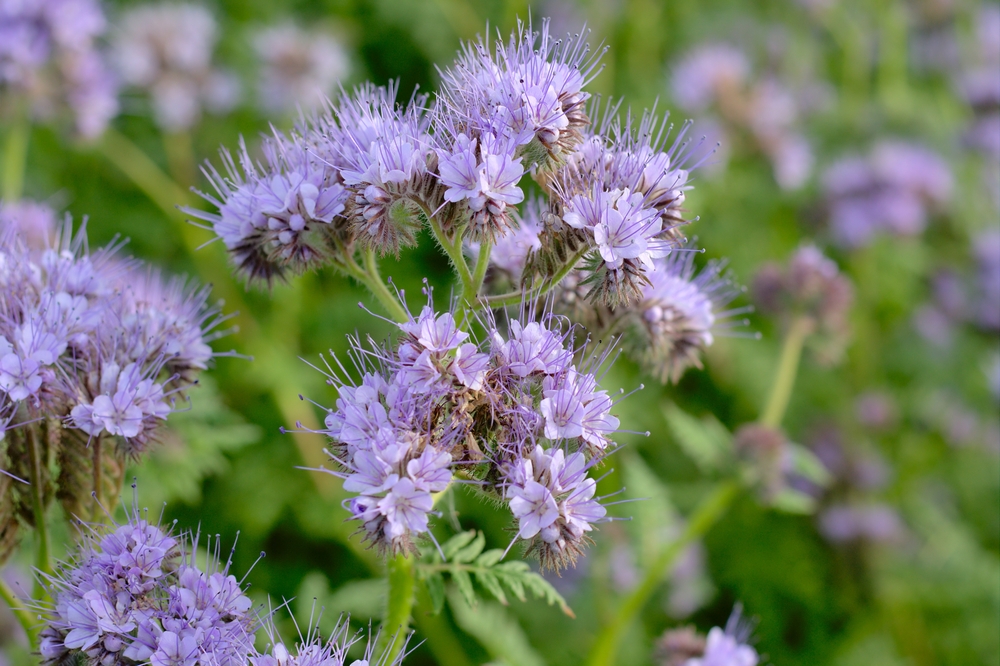
Phacelia is a flowering cover crop known for attracting honeybees and other beneficial insects. It has deep purple flowers that bloom profusely, providing plenty of nectar for pollinators. Phacelia grows well in both cool and warm weather, making it a versatile crop to plant at different times of the year. It also helps improve soil health by preventing erosion and promoting better water infiltration.
This crop is particularly popular among beekeepers, as it attracts large numbers of bees and other pollinators. Phacelia has a rapid growth rate, producing blooms within a few weeks after planting. It is a great option for attracting pollinators to your garden while boosting soil health at the same time. The fragrant flowers also attract butterflies, making it a lovely addition to any garden.
Alfalfa
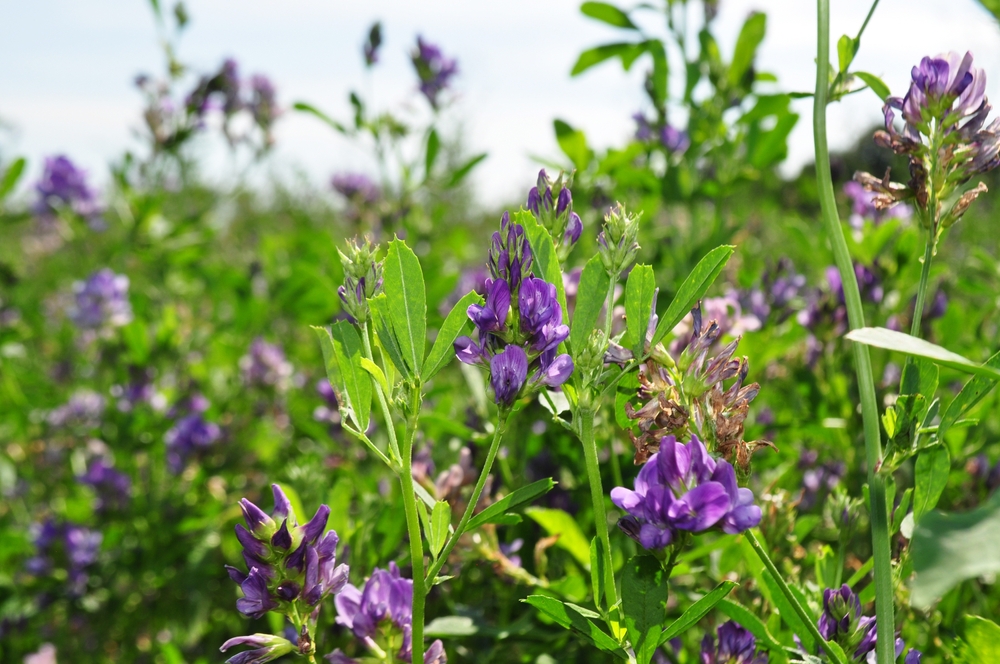
Alfalfa is a leguminous cover crop that provides valuable forage for pollinators, particularly bees. Its purple flowers bloom in clusters and produce an abundance of nectar, making it highly attractive to honeybees and wild bees. Alfalfa is also a nitrogen-fixer, enriching the soil and improving fertility for other crops. It thrives in well-drained, fertile soil and grows best in full sun.
This crop is often used in pastures and hay fields, but it can also be planted in garden beds and small-scale farms. Alfalfa’s deep root system helps improve soil structure and moisture retention. It also acts as a natural weed suppressant, helping to control unwanted plant growth. Its role as both a pollinator-friendly and soil-enhancing crop makes it a great choice for any garden.
Mustard
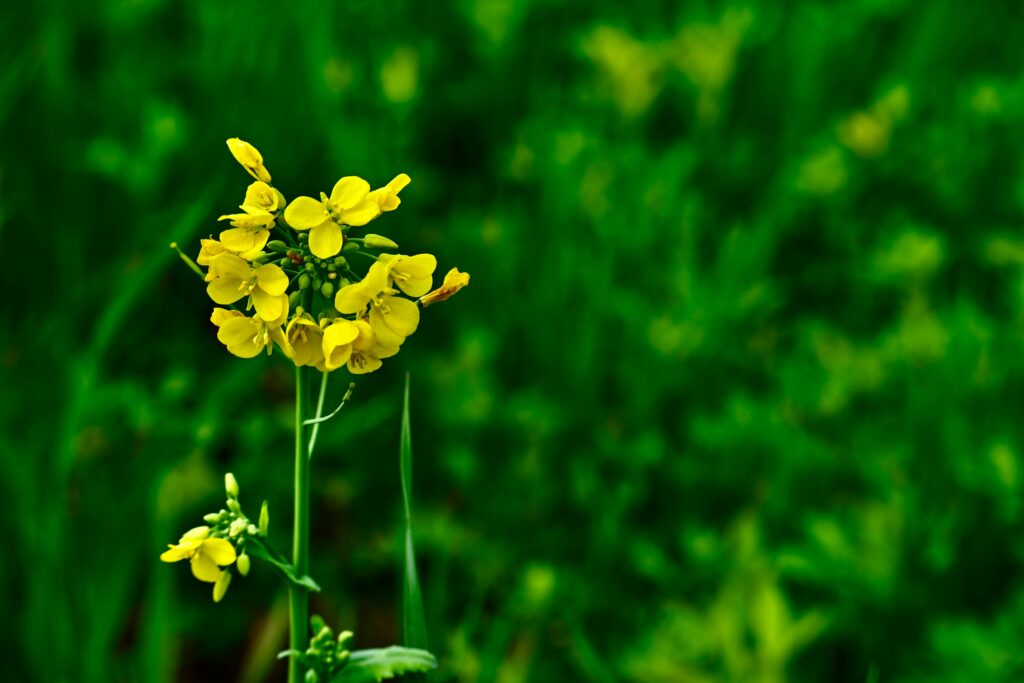
Mustard is a fast-growing cover crop that produces bright yellow flowers, which are irresistible to pollinators. It is especially beneficial for attracting bees and other insects that rely on nectar during the spring and summer months. Mustard also works as a biofumigant, helping to suppress soil-borne pests and diseases. This crop is easy to grow and does well in most soil types.
In addition to providing nectar for pollinators, mustard can be used as a green manure crop to improve soil health. Its rapid growth and dense foliage help reduce soil erosion, while its flowers offer a short but valuable food source for pollinators. Mustard is a versatile and eco-friendly crop that benefits both the soil and the ecosystem. Planting mustard can attract pollinators and improve your garden’s productivity.
Sunflower
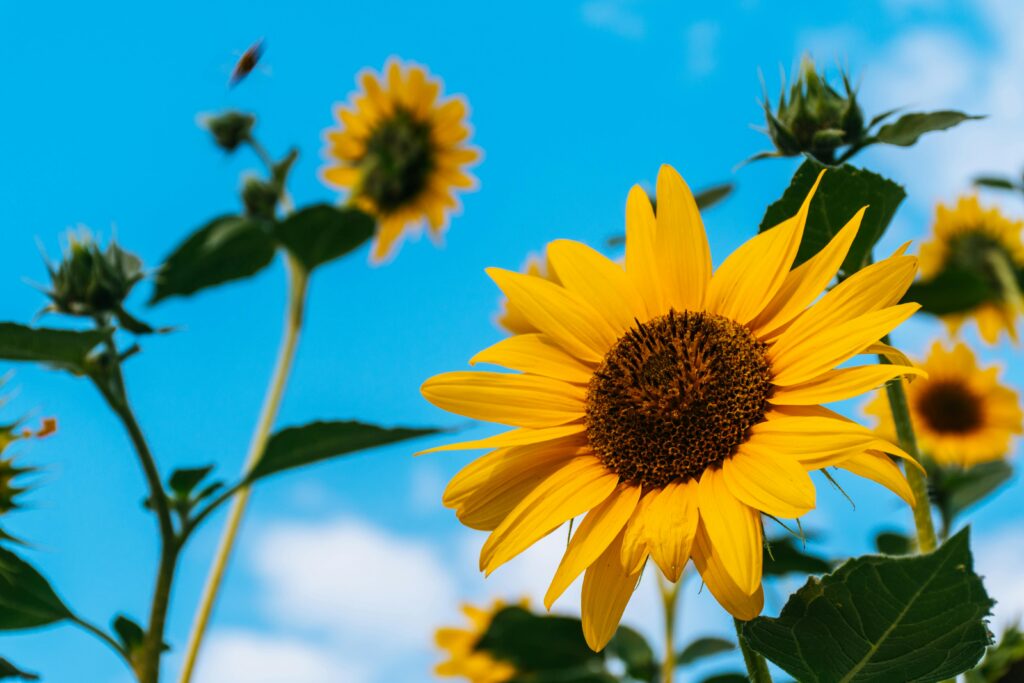
Sunflowers are not only beautiful to look at, but they also serve as an excellent pollinator patch. Their large, bright flowers produce an abundance of nectar that attracts bees, butterflies, and even birds. Sunflowers grow tall, providing vertical interest in gardens while supporting pollinators. They also help improve soil structure by breaking up compacted soil with their deep root systems.
This crop grows well in full sun and is easy to grow from seeds. Sunflowers bloom in mid-summer, offering a steady nectar source for pollinators. They are particularly beneficial in large gardens or pollinator-friendly areas. The seeds produced by sunflowers are also a valuable food source for birds, making them a multi-benefit plant for your garden.
Radish (Forage Radish)
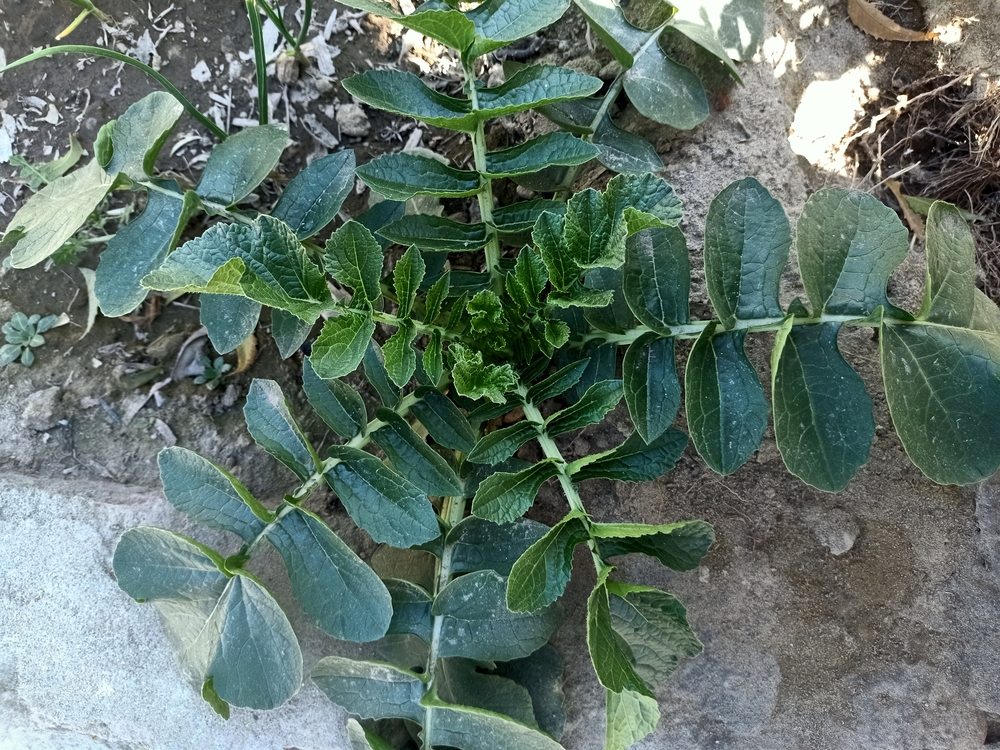
Forage radish, a type of cover crop, provides both soil benefits and support for pollinators. The plant produces small, white flowers that attract bees and other pollinating insects. It is easy to grow and thrives in cool weather, making it perfect for planting in the fall or spring. Radishes help break up compacted soil and improve soil structure, contributing to better drainage and air circulation.
Forage radishes are often planted to control erosion and improve soil health. They also help reduce nutrient runoff by holding soil in place with their deep taproots. As they flower, they provide a short but valuable food source for pollinators, encouraging biodiversity in the garden. Planting forage radishes is a simple way to enhance soil and support pollinators in one go.
Borage
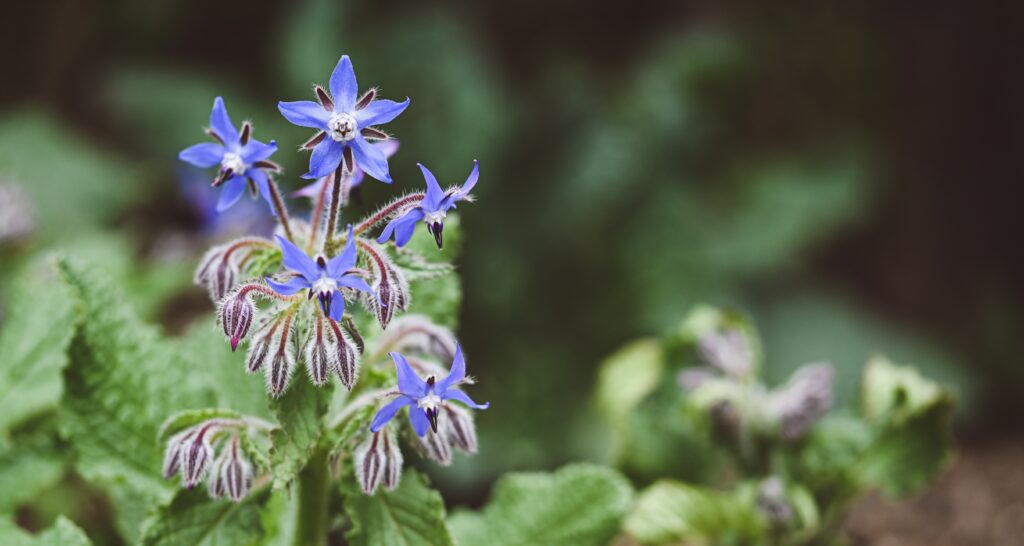
Borage is a flowering herb that is known for attracting a wide range of pollinators, including bees, butterflies, and hummingbirds. Its bright blue, star-shaped flowers are a favorite among pollinators, providing nectar throughout the summer. Borage grows quickly and is a low-maintenance plant that thrives in full sun and well-drained soil. It is also a beneficial companion plant, often planted alongside vegetables and fruit trees to attract pollinators.
Borage is easy to grow and can be planted directly into the ground or in containers. Its flowers are edible and can be used in salads, drinks, and garnishes. The plant also improves soil health by adding organic matter as it decomposes. Planting borage will not only help attract pollinators but will also enhance your garden’s overall biodiversity.
Lupine
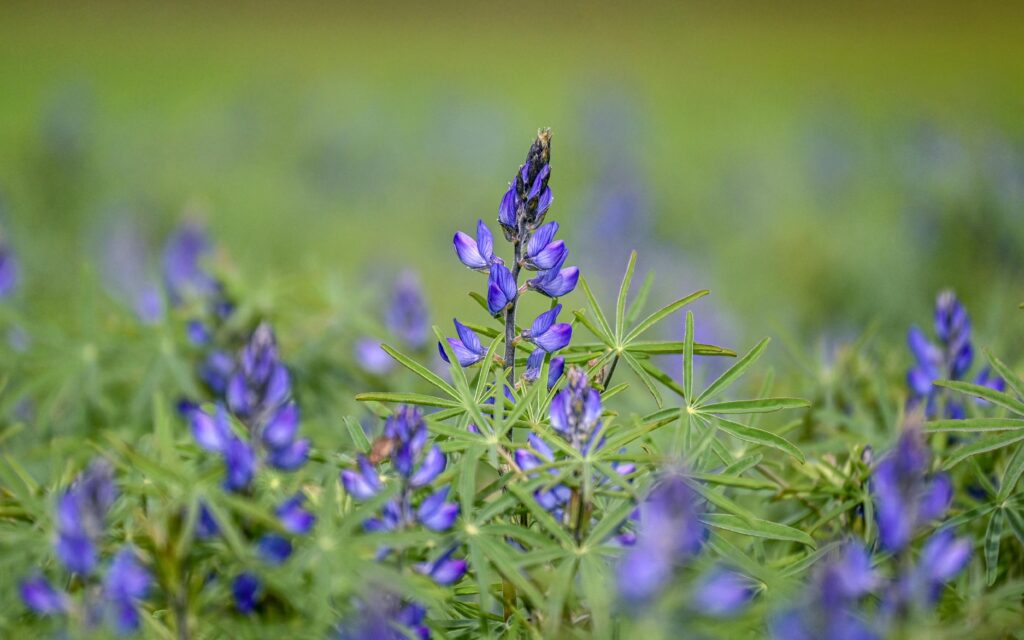
Lupine is a colorful flower that serves as a valuable pollinator patch. Its tall spikes of purple, blue, or red flowers attract bees, butterflies, and other beneficial insects. Lupine is a legume, meaning it helps fix nitrogen in the soil, enriching the soil for other crops. It thrives in well-drained soil and full sun, making it perfect for garden beds, meadows, and wildflower gardens.
This perennial plant is easy to grow and can be used in both decorative and functional gardens. Lupine’s bright flowers bloom in early to mid-spring, providing an early nectar source for pollinators. The plant’s ability to improve soil health and attract pollinators makes it a popular choice among gardeners. It is a great addition to any pollinator-friendly garden or wildflower patch.
Cress (Garden Cress)
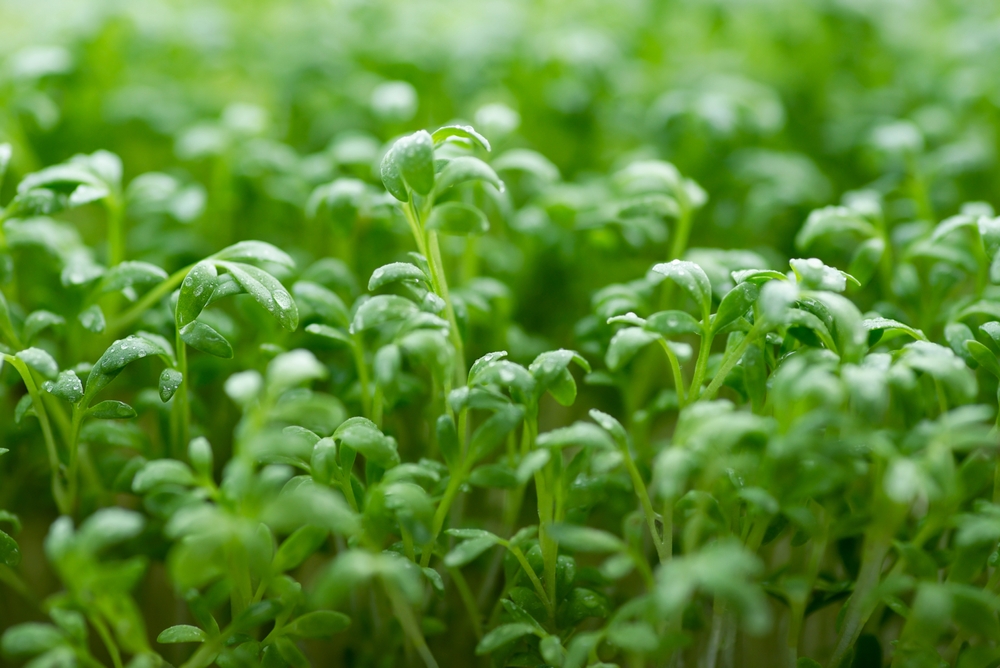
Garden cress is a fast-growing herb that produces small, white flowers, which are excellent for attracting bees and other pollinators. It is often used as a cover crop in vegetable gardens to help improve soil health while providing a food source for pollinators. Garden cress thrives in cool weather and grows well in a variety of soil types. It is an easy crop to plant, making it a great choice for beginner gardeners.
As it flowers, garden cress attracts bees and butterflies, adding diversity to your garden’s ecosystem. Its rapid growth and quick blooming period make it an excellent short-term pollinator patch. Cress also offers edible leaves, which can be used in salads and garnishes. Planting garden cress is a simple way to support pollinators and enhance the overall health of your garden.
Coriander (Cilantro)
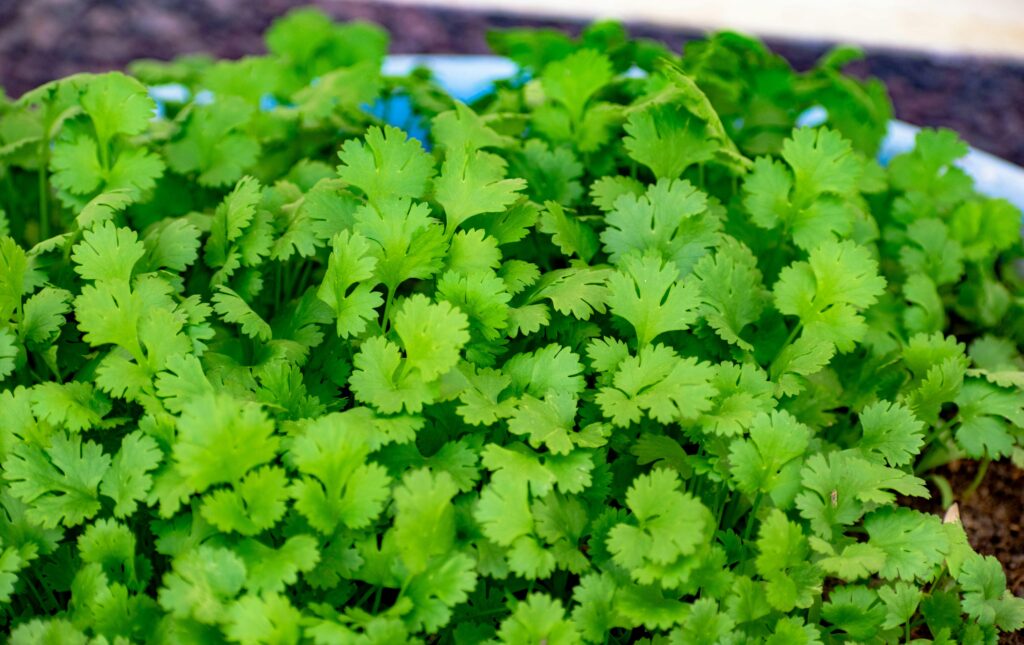
Coriander, also known as cilantro, is a fragrant herb that produces small white or pink flowers that are attractive to pollinators. This herb grows quickly and is often used as a cover crop in vegetable gardens. As it flowers, it becomes a valuable food source for bees and butterflies. Coriander thrives in full sun and well-drained soil, making it an easy and beneficial addition to any garden.
The flowers of coriander are particularly effective in attracting pollinators during the warmer months. In addition to supporting pollinators, coriander’s leaves and seeds are edible, making it a versatile crop. As a short-lived plant, coriander can be grown in succession to provide continuous nectar for bees. It is a great plant for a pollinator-friendly garden with the added benefit of culinary use.
Sweet Clover
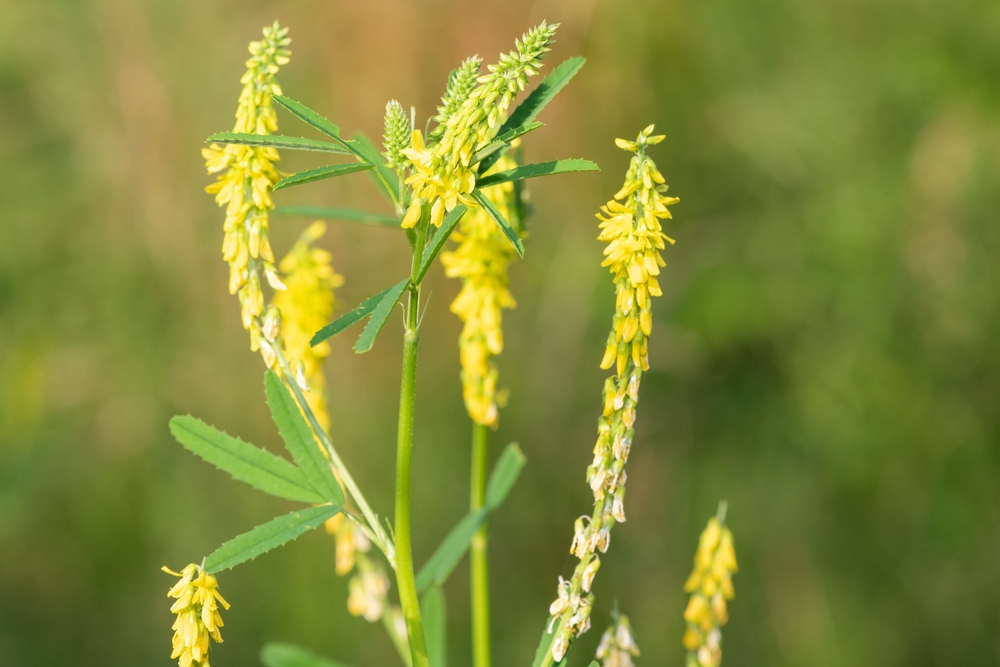
Sweet clover is a fragrant cover crop that attracts both bees and other beneficial insects with its bright yellow or white flowers. It thrives in a variety of soils and can be grown in both full sun and partial shade. Sweet clover is often used as a cover crop in fields and meadows to enrich the soil and provide a natural habitat for pollinators. Its deep root system helps break up compacted soil and improve water retention.
Sweet clover flowers bloom in late spring to early summer, providing a steady nectar source for bees. The plant also attracts butterflies, making it a great addition to any garden that supports a range of pollinators. In addition to benefiting pollinators, sweet clover is used as a forage crop and for improving soil fertility. It is a low-maintenance plant that offers many benefits for gardeners and pollinators alike.
Planting cover crops that attract pollinators can significantly enhance the health of your garden and support local wildlife. These crops provide essential nectar and habitat for bees, butterflies, and other beneficial insects.
This article originally appeared on Avocadu.
